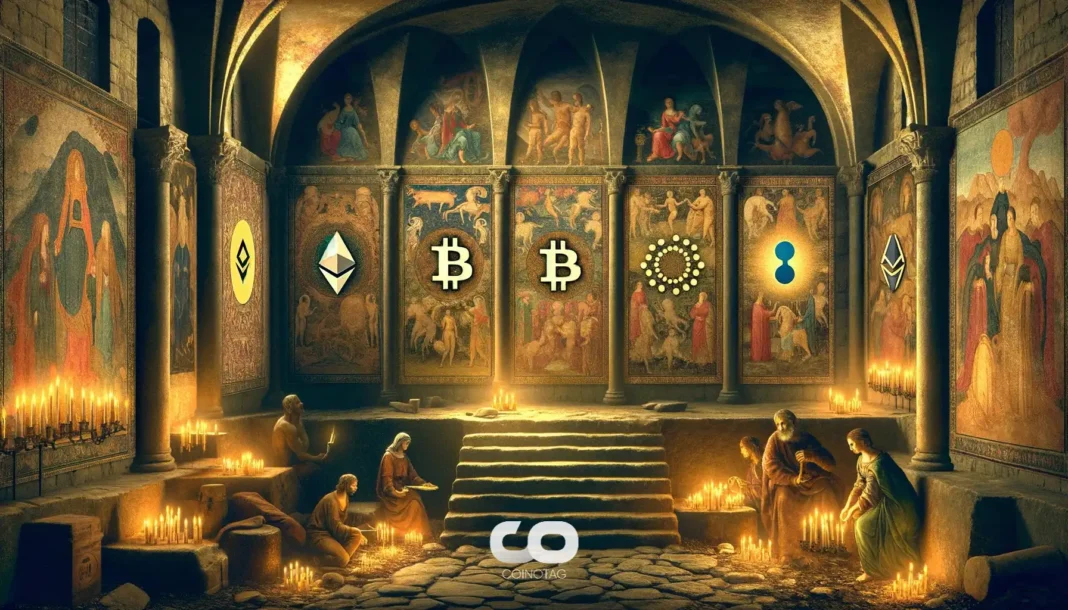-
Circle has officially launched USDC on Ripple’s XRP Ledger, marking a pivotal expansion in stablecoin accessibility and blockchain interoperability.
-
This integration is expected to enhance liquidity on the XRP Ledger and unlock new use cases, particularly in cross-border payment solutions.
-
Rachel Mayer, Head of Protocols at Circle, highlighted the significance of this move, stating, “The launch of USDC on XRPL is a significant milestone. It supports our vision of making USDC the most ubiquitous and trusted digital dollar.”
USDC’s integration into XRP Ledger boosts liquidity and cross-border payment potential, reinforcing its role as a leading stablecoin in decentralized finance.
USDC Integration on XRP Ledger Enhances Liquidity and Cross-Chain Functionality
Circle’s decision to bring USDC to Ripple’s XRP Ledger (XRPL) represents a strategic advancement in the stablecoin ecosystem. By leveraging XRPL’s high throughput and low transaction costs, USDC can now operate with greater efficiency and scalability. This integration not only increases the liquidity available on XRPL but also broadens the stablecoin’s reach across multiple blockchain networks, fostering enhanced interoperability. The move aligns with Circle’s broader multichain strategy, aiming to position USDC as a dominant digital dollar across diverse decentralized finance (DeFi) platforms.
Implications for Cross-Border Payments and Financial Innovation
The inclusion of USDC on XRPL is poised to significantly impact cross-border payment infrastructures. Ripple’s technology has long been recognized for its ability to facilitate fast and cost-effective international transfers. With USDC now native to the XRP Ledger, businesses and financial institutions can benefit from stablecoin-backed transactions that combine speed with price stability. This synergy is expected to drive adoption among remittance providers and global payment networks, potentially reducing reliance on traditional correspondent banking systems. Furthermore, developers are encouraged to utilize Circle’s APIs to build innovative financial applications, expanding XRPL’s utility beyond payments into broader DeFi use cases.
Regulatory Considerations and Market Outlook for USDC on XRPL
While the integration opens new avenues for growth, it also invites regulatory scrutiny, especially given the increasing attention on stablecoins globally. USDC’s strong compliance framework and transparent reserve backing provide a robust foundation to navigate these challenges. Market analysts anticipate that USDC’s presence on XRPL will stimulate increased trading volumes and liquidity pools, mirroring trends observed on Ethereum and Solana. The XRP community has expressed optimism about the potential for new decentralized applications and enhanced financial products emerging from this collaboration, which could further cement XRPL’s position as a leading blockchain for stablecoin activity.
Future Prospects for DeFi Expansion on XRP Ledger
The integration of USDC is expected to catalyze growth within XRPL’s DeFi ecosystem. Stablecoins like USDC serve as essential building blocks for lending, borrowing, and yield farming protocols. By providing a reliable digital dollar on XRPL, Circle enables developers to create more sophisticated financial instruments and services. This development could attract institutional and retail participants seeking scalable and secure DeFi solutions. As the stablecoin landscape evolves, USDC’s multichain presence will likely drive competitive innovation, encouraging other blockchains to enhance their stablecoin offerings and interoperability features.
Conclusion
The launch of USDC on Ripple’s XRP Ledger marks a significant step forward in expanding stablecoin utility and blockchain interoperability. This integration enhances liquidity, supports cross-border payment efficiency, and fosters innovation within the DeFi sector. With strong regulatory compliance and developer support, USDC on XRPL is positioned to become a critical component of the evolving digital financial infrastructure. Stakeholders across the crypto ecosystem should monitor this development closely as it unfolds, offering new opportunities for growth and collaboration.




